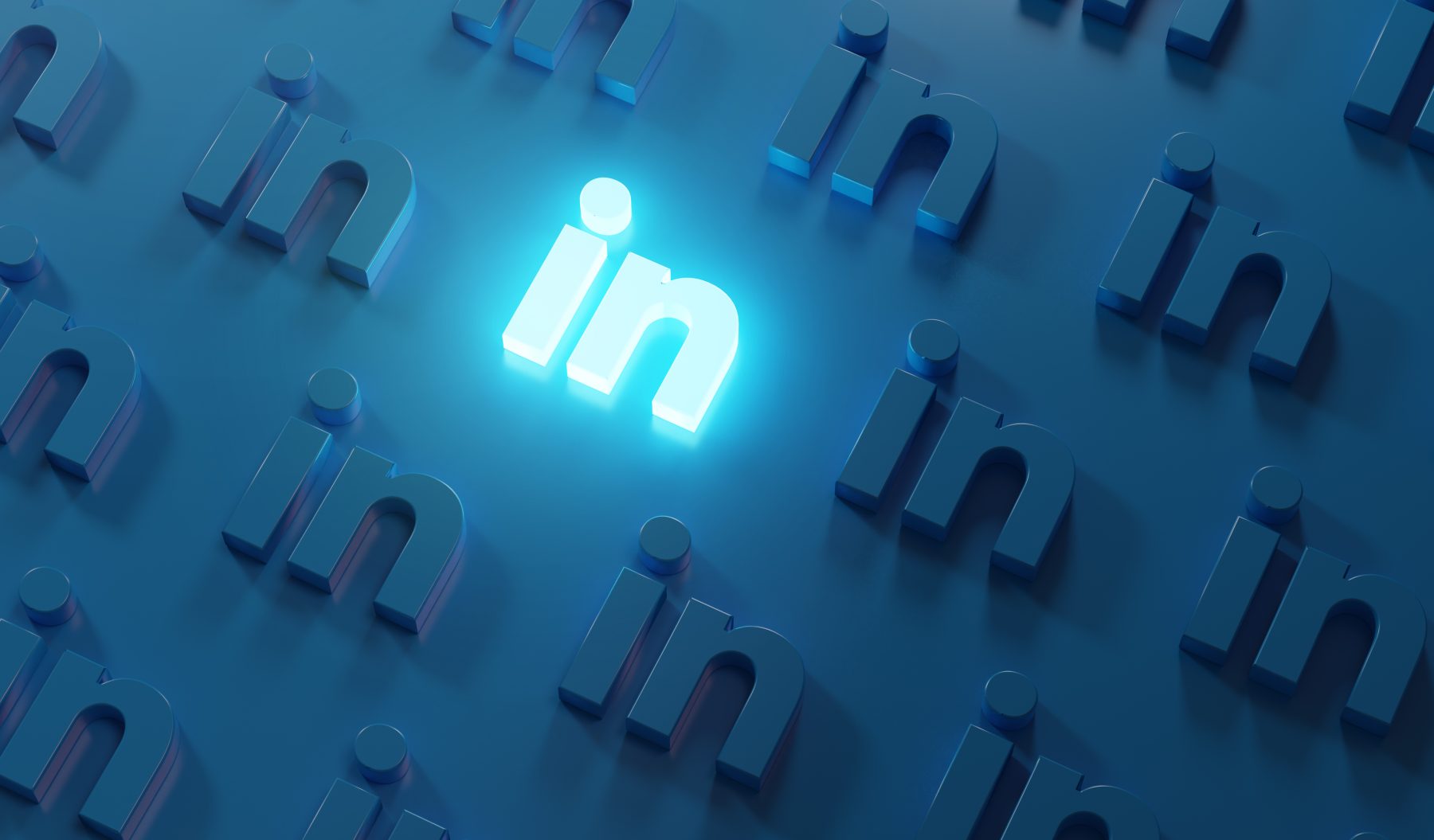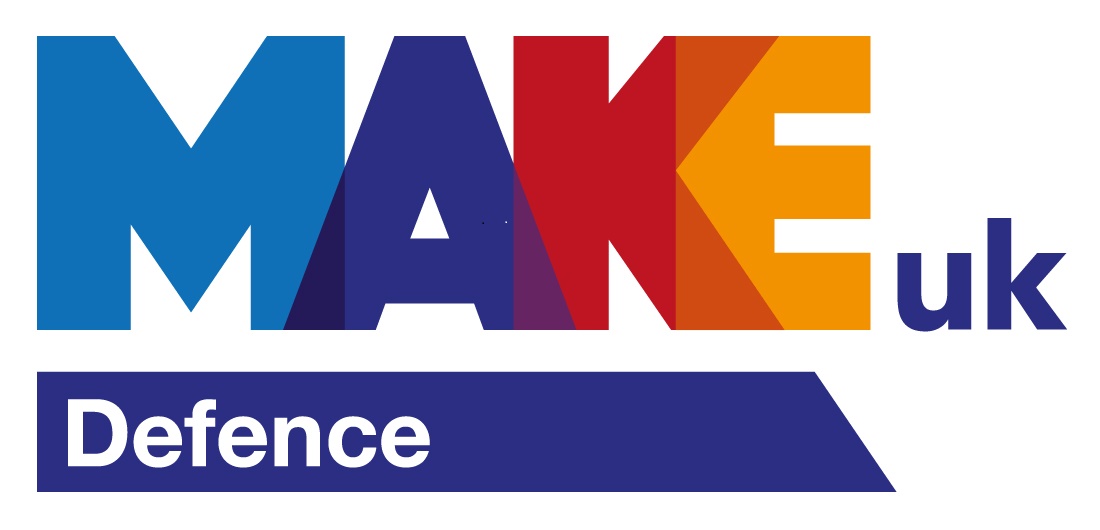LinkedIn Ads: The Pros and Cons in 2022
29.06.22


29.06.22

In this blog we take a look at the pros and potential cons of using LinkedIn ads as a paid media channel in B2B sales and marketing. LinkedIn advertising expert Grant Turnbull explores what the benefits and the negatives are when it comes to key areas such as cost, audience targeting, and conversions.
A common question we get asked as a B2B marketing agency is: “Are LinkedIn ads worth it?” Our answer is, “Yes, but you’ve got to take time to research if it’s for you”. Like any investment decision for your business, you have to have to understand the strengths and weaknesses of this type of advertising, and there are cases for and against LinkedIn Ads.
Investing in LinkedIn ads can be great for your business, getting your company brand and product in front of an engaged and professional business-to-business (B2B) audience, and helping you push them through your sales funnel. But as we shall explore in this blog, there are certainly downsides that can result in poor return on investment if campaigns are not set up and managed properly.
This is probably one of the most important parts of your LinkedIn campaign: how much will you spend? Budgets are not finite for any organisation and getting the best return on investment (ROI) is the name of the game here.
The first downside of LinkedIn is ultimately the high cost, especially when you put it in the context of the channel’s low click-through rates (CTRs), which is a measure of the amount of people shown the ad and how many people interact with it.
It’s no secret that advertising on LinkedIn is costly compared with other channels, but how expensive is LinkedIn advertising? The answer depends on many factors. The minimum amount you can spend per day on a single campaign is £8 ($9), so a monthly campaign lasting 30 days could set you back £240 ($295) at least.
If you have a large audience you want to target, you’ll find that your £240 budget doesn’t get you very far at all. You may need a budget of £5,000-£10,000 a month at least to properly reach global audiences. You’ll find your daily budget is eaten up almost instantly if you attempt to spend a small amount of money on a large audience.
If you’re just starting, then the key here is to use LinkedIn’s very useful forecast calculator when building your campaigns, which will give you an indication of just how much your budget will get you in terms of impressions, CTR, and website clicks (if that is your main objective).
Another key element to remember when trying to efficiently spend your ad budget on LinkedIn is proper audience segmentation, ensuring that you are targeting the right individuals – which takes us to our next section.
As mentioned above, LinkedIn users are using this channel as a professional career tool and can be very engaged when they see the right content that meets their requirements. A huge positive for LinkedIn ads is how they give advertisers very powerful segmentation capabilities in order to laser focus on the right audience, rather than the broad brush approach of many other channels such as media advertising or PPC.
So while LinkedIn has a high overall cost, this can be somewhat offset by effective audience targeting.

Putting your advert in front of the right people is key to success on LinkedIn.
LinkedIn’s audience building tool allows the advertiser to select a wide range of user attributes that match their ideal customer, assuming you’ve done previous audience segmentation/persona development already.
Audience targeting on LinkedIn can be basic such as demographics (age and gender), but where LinkedIn ads come into their own is being able to target people based on information such as company role, seniority, job titles and interests (including the member groups they are part of). If you want to target people in specific roles or departments at companies then you can do this on LinkedIn, which is particularly important in the complex world of B2B sales.
Of course, privacy dictates that audience sizes must be a minimum amount (300 users). And while you cannot target anyone individually, granular segmentation means that it is possible to focus on very small but relevant groups, numbering a few thousand. LinkedIn recommends audiences of 50,000 for effective results, although this will always require testing.
LinkedIn also allows retargeting, for instance showing ads to people that have already visited your website or LinkedIn page, or have enquired about your products or services already. This can be done by uploading your contact lists from a CRM and letting the LinkedIn algorithms take care of the rest.
An example here is uploading a list of companies that you know will be exhibiting at a show that you’re attending, a LinkedIn ad can be the first touchpoint before you see people face-to-face at a show.
Another question we’re regularly asked is: “How likely is someone to click on my advert and convert based on my objectives and budget?” Again this depends on a number of factors and also the key objectives for your campaign. Is it website visits alone? Or do you want to measure commercially-driven actions, i.e. a whitepaper download, a lead form fill, book a demo request, etc.?
A downside of LinkedIn can be the low CTRs. According to The B2B House, a single image-sponsored post has an average CTR of just 0.56%, and this decreases further to just 0.06% for dynamic ads. In comparison, other channels such as pay-per-click (PPC) can hit average CTRs of 3%+, according to WordStream.
This in turn makes clicks very expensive and can put people off if they are not seeing tangible returns from their investment. This is why effective audience segmentation and tracking conversion actions are so important. If you have over 300 users per month to your website, LinkedIn allows you to track conversion actions that have been made by users via your LinkedIn ads.
Optimising CTRs also requires testing, including regularly changing creative elements such as graphics or copy, as well as audience lists. We always suggest uploading several ads per campaign – with different ad copy and graphics – to generate optimisation data that will inform future campaigns decisions. If you only use one ad per campaign, then it is likely that your audience will quickly get tired of your ad and simply keep scrolling without taking any action.
LinkedIn ads is a powerful advertising platform, and should always be considered in any marketing promotional campaign that you are developing. But as we explored in this blog, there are a number of positives and negatives of going down this route, and they must always be fully understood before committing to what is an expensive investment.
Contact our team today to speak to us about your LinkedIn ads requirements.


Signatories of:


Members of:



Innovation House
Molly Millars Close
Wokingham
RG41 2RX